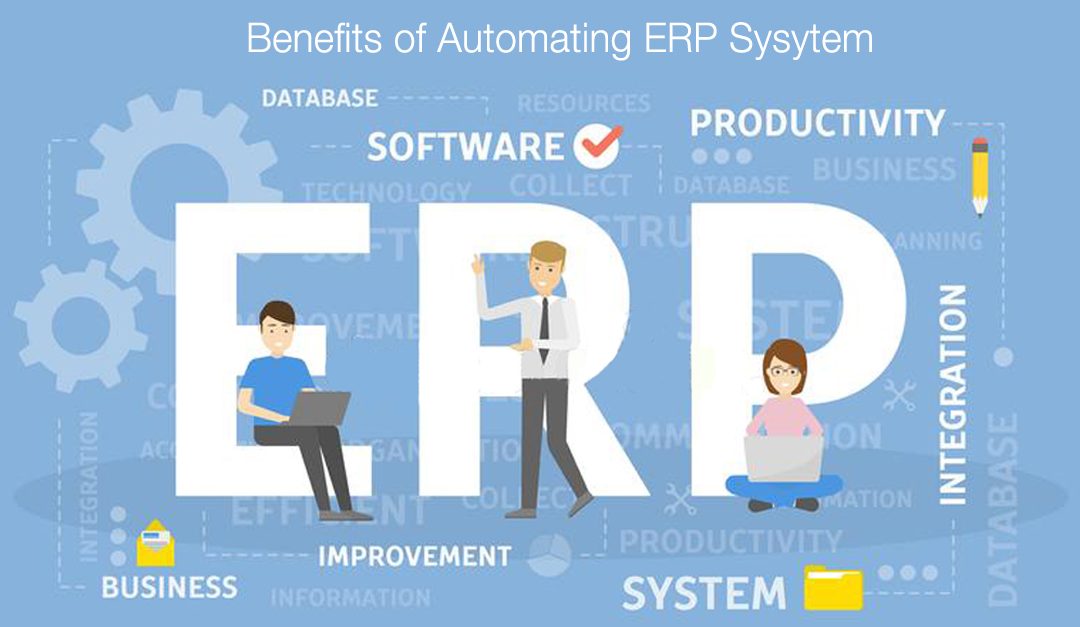Before getting into the benefits of ERP integration, let’s take a look at what ERP software is and what it can perform.
ERP software, in its most basic format, is a tool that organizes a company’s data, automates common operations, and streamlines business processes. ERP software’s overall purpose is to streamline operations and reduce manual processes so that employees can focus on more vital responsibilities. These functional objectives result in higher profit margins and efficiencies and also better visibility and communication within the organization.
ERP Integration Benefits
An integrated ERP system enables you to oversee every area of your business from a single program, ensuring that data flows smoothly throughout the organization and down to your financial statement. Integrating data and processes boost efficiency by allowing for a more independent decision.
Let’s move towards the benefits of ERP integration.
Few Key Benefits of ERP Integration
Distribution network optimization
By integrating inventory, production, distribution, and finance activities, you can ensure that supply chains run smoothly. You may reduce manufacturing and distribution expenses while increasing profits by optimizing inventory levels and precisely sales forecasting.
Mobile accessibility
The real worth of integrated ERP is its capacity to deliver the appropriate facts to the right people at the right moment. Choosing a system with mobile capabilities allows for real-time inventory changes, more precise order fulfillment, better decision-making for executives, and up-to-date data to boost sales staff.
Quicker ROI
You won’t have to construct custom integrations down the road, allowing you to get to profitability and reap the perks of your ERP software straightaway.
Integrated operations
Ineffective manual activities, such as data entry by hand, system updates, transformations, and account reconciliation, are totally automated, greatly enhancing reliability and efficiency. When inventory runs down, integrated ERP systems can immediately trigger cross-functional operations like rearranging or generating safety data for manufacturing, transportation, and ensuring compliance.
Graphical workflows
Working with a centralized database allows you to visualize cross-functional operations throughout the entire organization. This improves planning, scheduling, and forecasting by allowing different leaders, departments, and teams to see what projects others are working on.
Data in real-time
Everything, from accurate inventory to key performance indicators (KPIs) and financial data, is updated frequently with integrated ERP. Sales personnel will be able to fulfill more requests with the proper clients, producers will be able to preserve margins when challenges arise, maintenance workers will be able to do needed repairs, and executives will be able to understand where the company stands at any given time.
Error reduction and duplication
Data entry can be a time-consuming process, and the likelihood of errors and identical data is significant. You’ll observe fewer errors when inputting orders, items, customer details, and other data as a result of the reduced manual input. Because your ERP system and your online ordering solution use information in diverse ways, integration ensures that both systems communicate in the same way.
Not only will you have a better understanding of your client base, but it will also aid in the development of long-term connections and the identification of future growth opportunities. Better analytics and reporting are possible with reliable data.
